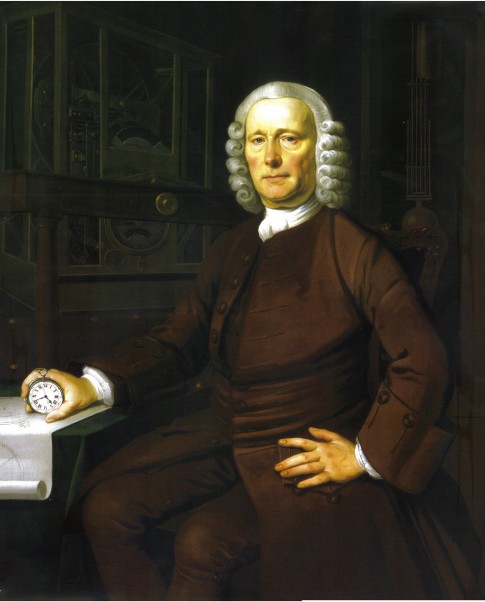HARRISON’S H4 CHRONOMETER, 1760
(Highest resolution available 2010×2442)
While concerns about repairing and supplying ships remained permanent for all navies, the end of the Seven Years War saw a technological breakthrough that freed mariners from shackles that had bound them since man first learnt to navigate: the problem of longitude was solved. Mariners had been able to fix their latitude fairly accurately from the end of the 17th century using the quadrant and later the sextant to measure the elevation of the sun or pole star.
To fix their longitude, however, remained a problem, and it rested on the ability to tell the time accurately at sea. It may seem surprising that this was not possible, but clocks themselves were relatively new inventions, and to produce one that maintained its accuracy for long periods of time despite the motion of the ship, in humid and dry weather, and in hot and cold temperatures, was beyond everyone. Everyone, that is, except a young man called John Harrison, who from the age of 12 had kept a watch under his pillow to study its motion and listed to its tick. Harrison had been working on the problem of longitude for 34 years and had produced a number of solutions of varying quality (and enormous size), but in 1760 he produced his masterpiece, the H4. The portrait shows two of his previous inventions behind him, and the H4 in his hand. The H4 was almost frictionless and in a trial set up by the Admiralty it lost only 5.1 seconds in an 81 day voyage to Jamaica. For the first time ever, mariners could find out with a fair degree of certainty exactly where they were.
JOHN HARRISON
By Thomas King, 1767
(Highest resolution available 4068×5055)

